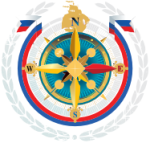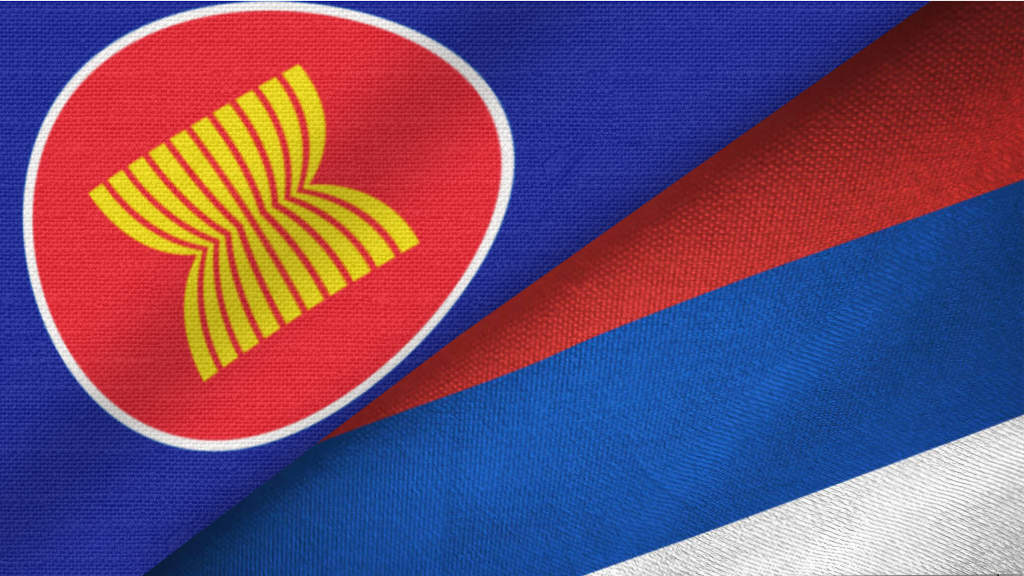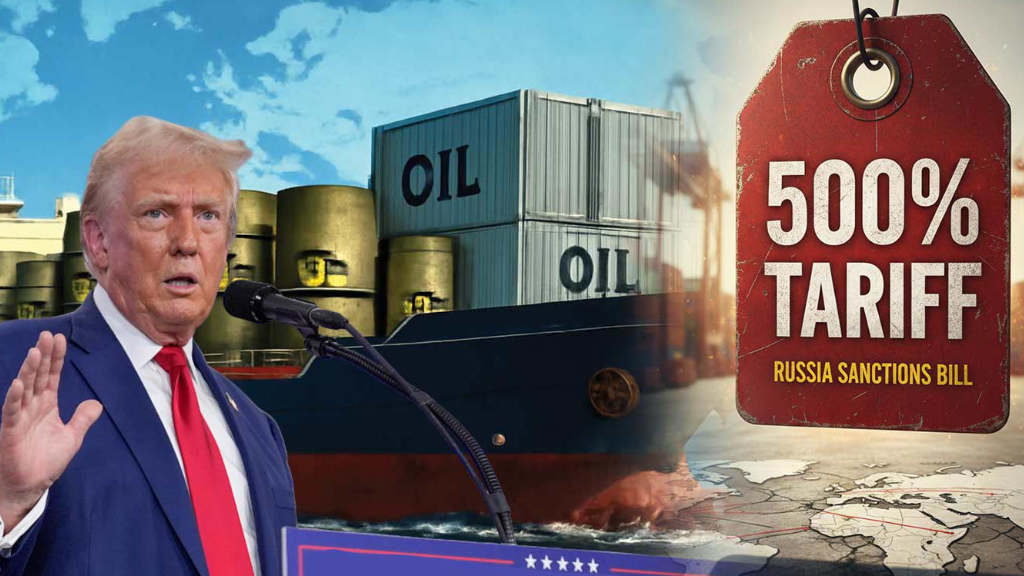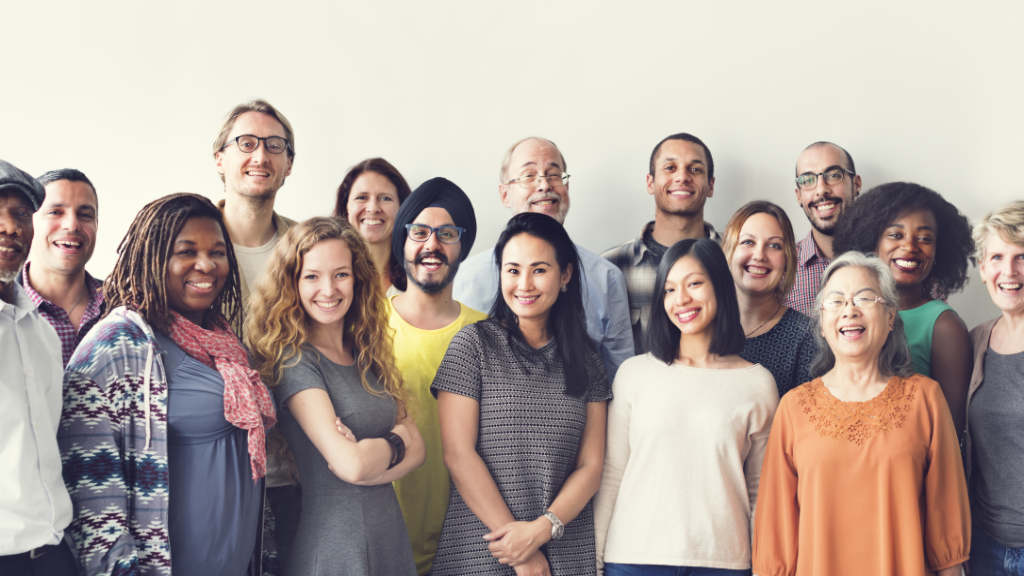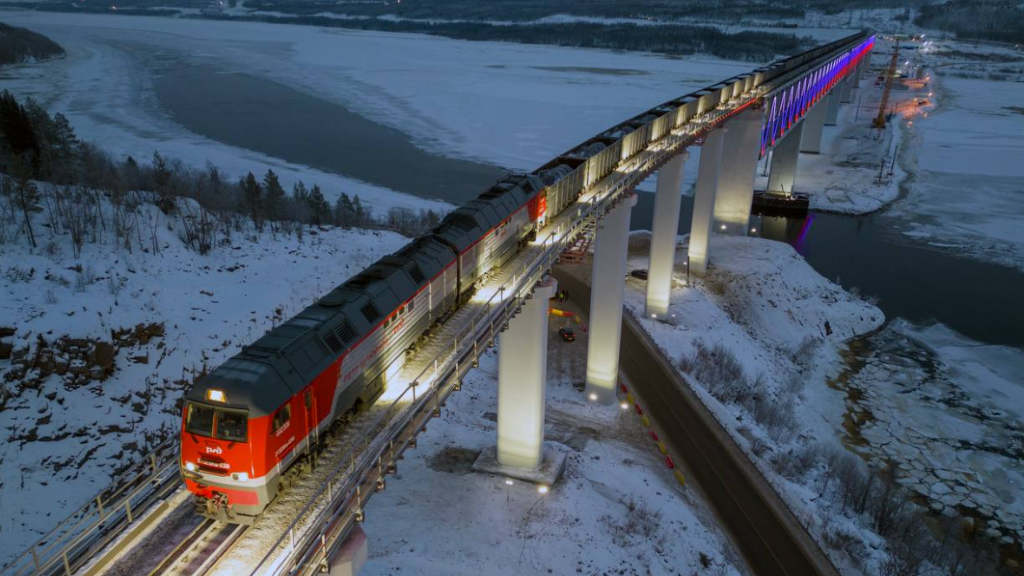Russian Foreign Minister Sergey Lavrov and the top diplomats of the Association of Southeast Asian Nations (ASEAN) member states have been meeting in the Malaysian capital, Kuala Lumpur. These are part of the annual Russia-ASEAN foreign ministers’ meetings. Lavrov will also be attending the East Asia Summit and the ASEAN Regional Forum for security.
ASEAN includes Brunei, Cambodia, Indonesia, Laos, Malaysia, Myanmar, the Philippines, Singapore, Thailand, and Vietnam. They have been discussing with Lavrov the next five-years strategic partnership.
The Russian Foreign Minister has stated that “The parties discussed the implementation of the 2021-2025 Comprehensive Plan of Action for the advancement of Russia-ASEAN strategic partnership and the preparation of a similar document for the next five years. The discussion focused on strengthening cooperation in the fields of politics, security, economy and humanitarian ties. A special emphasis was placed on areas such as high technologies, digitalization, energy and education. Particular attention was paid to the potential of launching new cooperation mechanisms, particularly related to youth affairs.”
According to the Russian Foreign Ministry, an exchange of views on crucial issues on the international agenda confirmed that Russia and the Association of Southeast Asian Nations maintain similar positions on solving the most pressing global and regional problems, adding that “ASEAN highly appreciated Russia’s support for its central role in geopolitical affairs.”
ASEAN and Russia also called for enhancing cooperation between ASEAN, the Eurasian Economic Union (EAEU) and the Shanghai Cooperation Organization (SCO) in order to expand integration processes across Greater Eurasia.
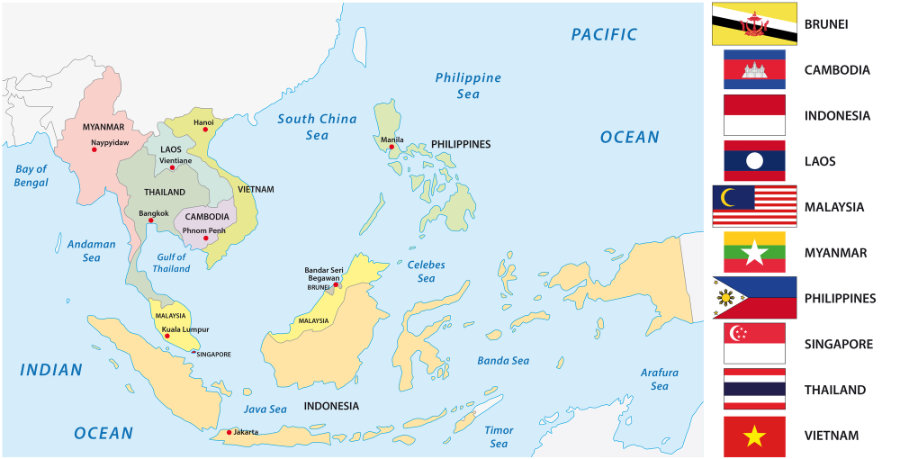
The ASEAN bloc are a vital resource for Russia’s new supply chains. A total market of over 600 million, these countries have free trade agreements amongst themselves and also with China, and India as well as Australia, New Zealand, Japan and South Korea. They represent some of the most dynamic economies of this century.
ASEAN’s total GDP (PPP) is over US$12 trillion. GDP (PPP) per capita income within ASEAN is variable however, ranging from Singapore’s high of close to US$100,000 to Myanmar’s low of US$5,600. This means there is a lot of growth still to come from the region, but dangers of its more affluent members becoming uncompetitive.
ASEAN has also chosen a path of non-conflict and refuses to take sides against periodic US trade and security complaints about China. That is an ideal scenario for Russia to make inroads into the ASEAN region. Although Singapore, the de facto financial hub for ASEAN, has introduced some sanctions on Russian businesses and has subsequently been labelled an ‘unfriendly’ nation by Russia, bilateral trade has nonetheless increased. Although Singapore’s regional banking services remain awkward to access for Russian-owned companies, there are steps being taken to normalise relations. Elsewhere, Russian businesses are welcomed.
Several ASEAN nations are becoming increasingly connected with Russian trade interests, Vietnam has had a Free Trade Agreement with the Eurasian Economic Union for several years, with its effectiveness now recovering after the shock of covid and sanctions. An MoU on ASEAN-EAEU integration was signed in 2023, and countries such as Cambodia and Indonesia are currently negotiating EAEU deals. These can be expected to finalise during the later part of 2025. Singapore, which suspended participation in 2022, has apparently reactivated its EAEU interest with the Kazakh parliament ratifying the Singapore agreement in December 2024. Progress appears to be renewed.
The BRICS too, are becoming attractive to ASEAN members. Indonesia is now a full BRICS member while Malaysia, Thailand and Vietnam are now all BRICS Partner nations, which makes sense when one considers two permanent BRICS members, India and China, are directly to the West and the East.
Russian bilateral trade with Laos, Myanmar, the Philippines and Singapore have all been improving.
Russia has been an ASEAN dialogue partner, at Foreign Ministerial level, since 1996. Trade and investment development, although this varies from country to country depending somewhat on geopolitics and infrastructure reach, can be expected to remain highly positive for the coming years.
In 2024, the total trade volume between Russia and ASEAN reached US$17.7 billion, a 13% increase compared to 2023.
Further Reading
